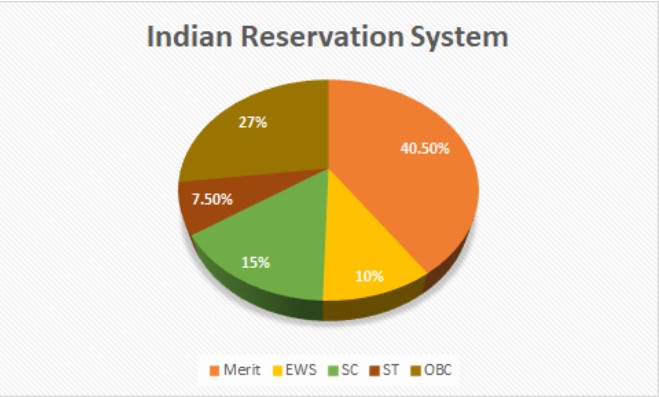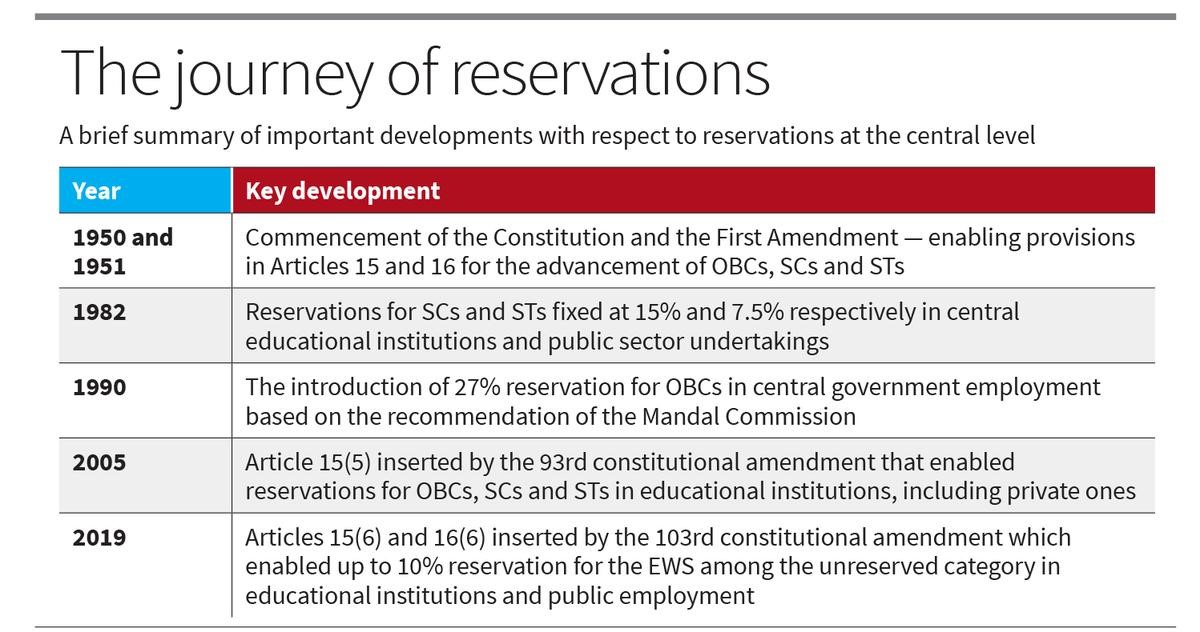7667766266
enquiry@shankarias.in
Mains: GS II – Welfare schemes for vulnerable sections of the population by the Centre and States
Recently, the leader of the opposition in Bihar, Tejashwi Yadav, has declared that if voted to power, their alliance would increase reservation to 85%.

